kāmākhye varade devī
nīla parvata vāsinī
tvaṁ devī jagataṁ mātā
yonimudre namostute ||
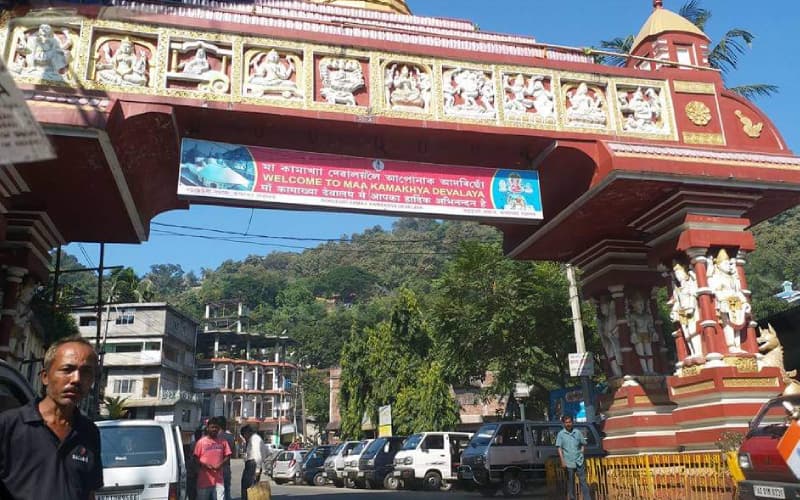
Situated at the peak of Nilanchal mountains near Guwahati, in the State of Assam, Kamakhya is an important Hindu Tantric goddess of the Himalayas. 'SHAKTI - The Mother Goddess is in worship in the temple of Kamkhya. It is the oldest of the 51 Shakti Pithas. In medieval times was known as Kamarupa and was famous for Tantricism. She is described in Kalika Purana and Yogini Tantra. The Kalika Purana, an ancient work in Sanskrit, describes Kamakhya, the young bride of Shiva, as the yielder of all desires, and the giver of salvation.
LEGEND OF SATI
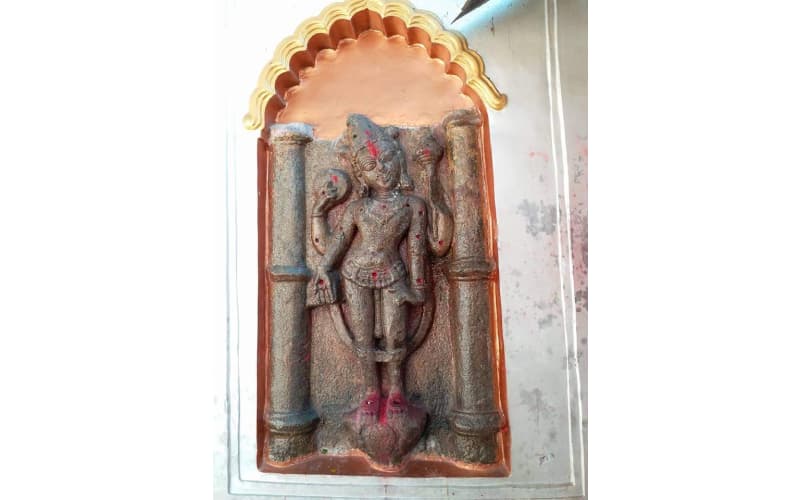
SATI, daughter of the god-king Daksha,
chose to marry Shiva, the ascetic God. And Daksha was unhappy with his
daughter's choice. When he performed a grand Yajna for all the deities, he did
not invite his daughter or son-in- law. In a rage, Sati threw herself onto the
fire. Shiva was stricken with grief at the loss of his wife. With deep anger
and rage he put Sati's body over his shoulder. The grief- stricken God performed
the Tandava - even the Gods in the heavens afraid of their annihilation, implored
Vishnu to pacify Shiva. Vishnu followed wherever Shiva wandered while dancing.
He sent his discus Sudarshana to destroy the corpse of Sati. Pieces of her body
fell until Shiva was left without a body to carry. Shiva then sat down to do
Mahatapasya. According to puranas there are 51 pieces of Sati's body scattered
across the Indian subcontinent. These places are called Shakti peethas and are
dedicated to various powerful goddesses.
KAMAKHYA
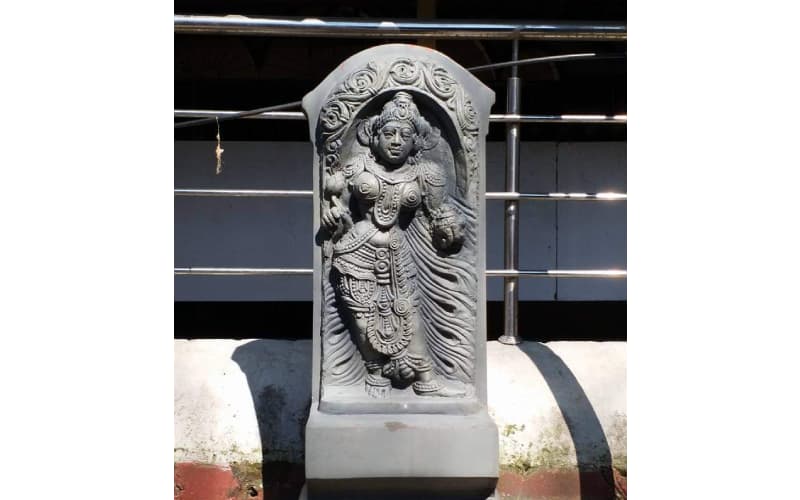
The region in which the yoni is said to
have fallen to earth is where the Kamakhya temple has been constructed. In
Kalika Purana - the most important goddess of Tantric worship is referred to as
Mahamaya, the 'Great Goddess of Illusion.' Kamakhya temple is special
because Sati's womb and vagina fell here. There is no idol - the womb and
vagina of Shakti are installed in the 'Garbagriha' or sanctum of the temple.
she is worshipped in the form of a yoni over which a natural spring flows.
The Kamakhya temple, a 16th-century temple
in the Kamrup district of Assam. The earlier temple at the Garo hills is
destroyed, it is also believed that the Vatsayana priests carried away the
manifest of the goddess to the Hindu kingdom in Kashmir, later sanctified in Himachal.
The Devi temple is a complex of individual temples of all ten Mahavidyas Kali,
Tara, Sodashi, Bhuvaneshwari, Bhairavi, Chhinnamasta, Dhumavati, Bagalamukhi, Matangi
and Kamala. Among them, Tripurasundari, Matangi and Kamala reside inside the main
temple whereas the other seven reside in individual temples.
TEMPLE ARCHITECTURE
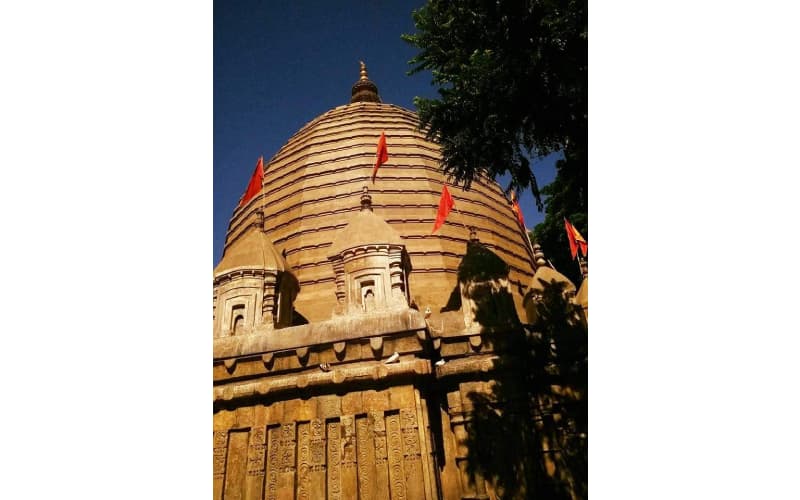
The temple has been built, destroyed,
rebuilt and renovated many times during the period 8th-17th century, The
architecture is what can be termed as the Nilachal type: a hemispherical dome on
a cruciform base. It consists of four chambers: garbhagriha and three mandapas locally
called calanta, pancharatna and natamandira aligned from east to west.
The Garbhagriha that rests on plinth moldings, on top of the plinths are dados, possibly from a later period resembling the Khajuraho or the Central Indian type, with sunken panels alternating with pilasters. The panels have various gods and goddesses sculpted. The lower portion is of stone, the shikhara beehive-like dome typical of temples in Kamrup. The Shikhara, angashikharas and other chambers were built in the 16th century and after and resemble the Bengali charchala. The artisans in the 16th-century have tried to rebuild the stone shikhara of the original temple but did not succeed.
HISTORY OF THE TEMPLE
The later Palas Kings - Indra Pala to Dharma Pala, were followers of the Tantrik tenet and during their reign Kamakhya became an important seat of Tantricism. It was believed that the original temple was destroyed by Kalapahar, a general of Sulaiman Karrani (1566–1572). But then again, as Kalapahar is not known to have ventured so far down to the East, it is now believed the temple was destroyed during Hussein Shah's invasion of the Kamata kingdom. The ruins of the temple is stated to have been discovered by Vishwasingha (1515–1540), the founder of the Cooch dynasty, who revived worship at the site. His son, Naranarayan (1540–1587), completed the construction. The temple reconstruction was completed in 1565. In1658, the Ahoms, under king Jayadhvaj Singha, had conquered the Kamrup. The Ahom kings, were devout Shaivite and contributed to rebuilding and renovating the temple. The Kalika Purana relates to the 10th century was composed. Kamakhya soon became a renowned centre of Tantrik sacrifices, mysticism and sorcery. The Kalika Purana gives the Sanskritized names of most of the rivers and hills of Brahmaputra valley.
GARBAGRIHA
The inner sanctum, the garbhagriha, is below ground level. Small, dark narrow steep stone steps in a cave slopes downwards from both sides. There is no idol, but a rock fissure in the shape of a yoni, a depression 10 inches deep. This fissure is filled with water from an underground perennial spring. It is this vulva-shaped depression that is worshiped as the goddess Kamakhya herself and the most sacred Shakthi Peetha. 1ST FLOOR PRUSHOTHAMAN TOWERS, AVINASHI ROAD, HOPES COLLEGE, COIMBATORE-641004
EPIGRAPHY
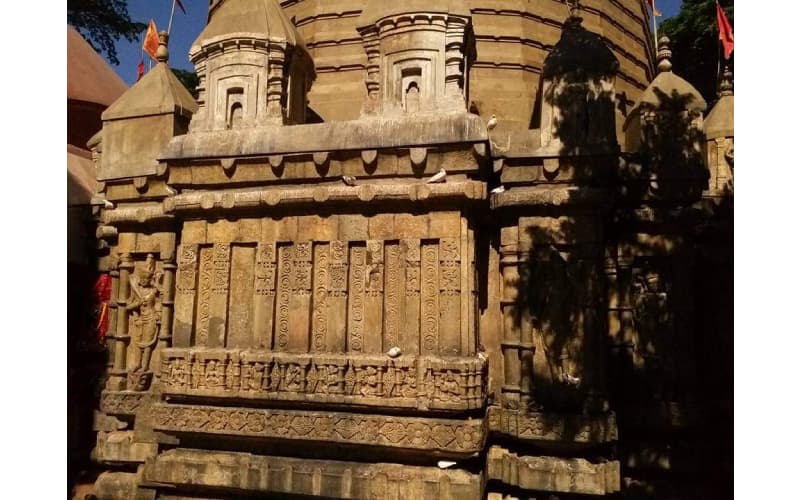
According to historical records and
epigraphic evidence, the main temple was rebuilt by Chilarai, a General of the
Cooch Behar Dynasty, using the available stone ruins, with the brick dome
certainly an innovation. The present temple has been rebuilt during the Ahom
times, preserving the earlier Cooch temple. The inside walls bear inscriptions
from Rajeswar Singha (1759) and Gaurinath Singha (1782), which indicate the
period this structure was built. Very clearly a later structure.
THE AMBUBACHI MELA
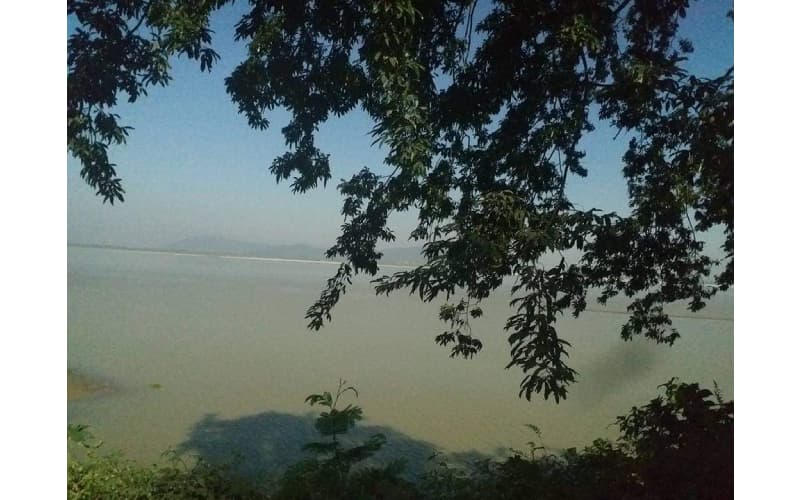
Annually held at Kamakhya Temple the
celebration of the yearly menstruation of goddess Kamakhya. Mother Shakti, goes
through her annual menstruation In the month of June, when the goddess
menstruates, the Brahmaputra river near Kamakhya turns red. The holy water is
distributed among the devotees. The temple remains closed for 3 days. The
celebration of the Mother Goddess and of menstruation is the symbol of a
woman's creativity and power to give birth. Durga Puja is also celebrated annually
at Kamakhya during Navaratri in the autumn. This five-day festival attracts
several thousand visitors. Another annual celebration is the Manasha Puja.
THE CURSE OF KAMAKHYA
According to legends, Goddess Kamakhya used to dance inside the temple, when Kendukoli, a priest during Naranarayan's reign, performed puja with his eyes shut. Naranarayan and Chilarai convinced the priest to make them watch the goddess's dance. The angered Goddess punished the priest and cursed the Cooch king descendants. To this day, in fear of this curse, no descendant of that family looks towards the Kamakhya hill.
OFFERINGS
Offerings to the goddess are flowers, and also include animal sacrifices. Female animals are exempt from sacrifice, a rule that is relaxed during mass sacrifices.
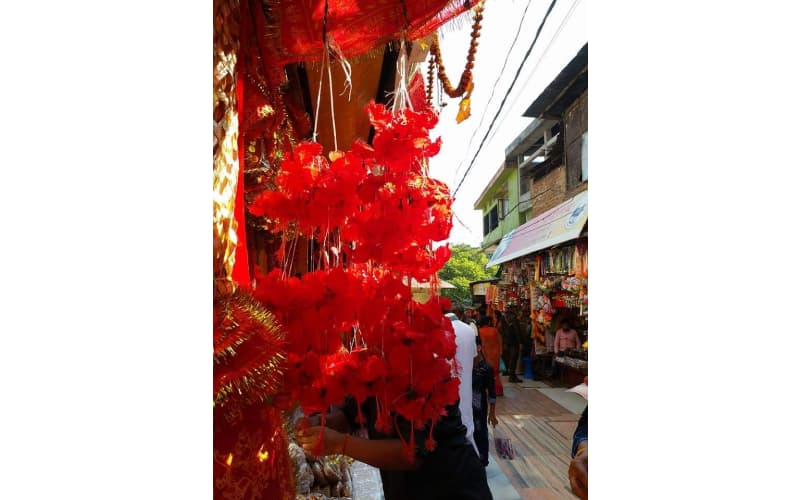
Kamakhya Temple is an important pilgrimage destination for all sects of Hindus and especially for Tantric worshippers.
NEXT ARTICLE

At the southernmost tip of this mesmerising ensemble lies the majestic Great Nicobar Island, boasting an impressive landmass of about 910 square kilom...

Bharath has always been a land traversed by spiritual masters/ Guru since time immemorial. These spiritual masters have always upheld the core princip...

South India contains its fair share of unique pilgrimage centres. These divine places of worship have a prominent Sthala Purana, devoted followers, di...